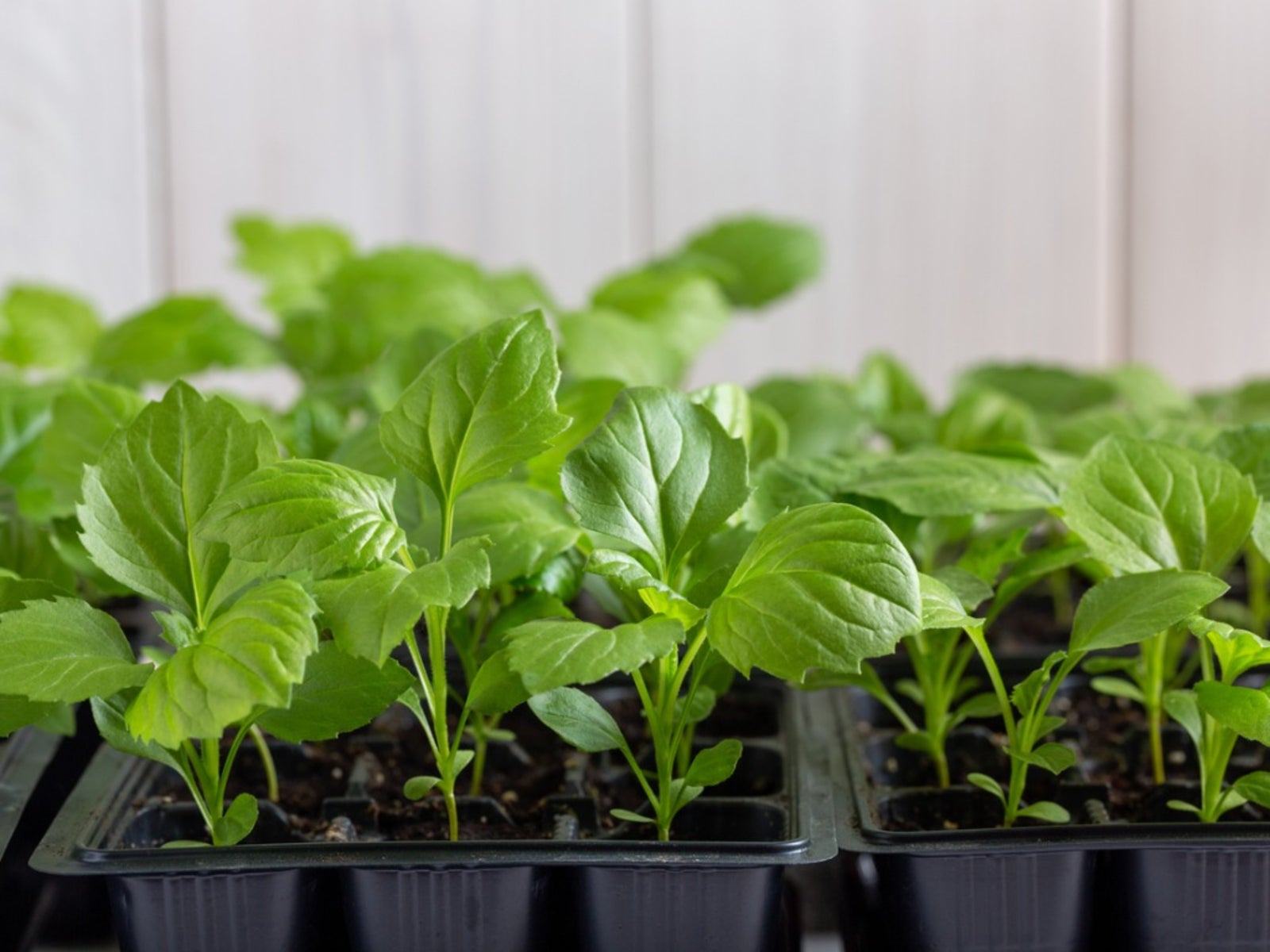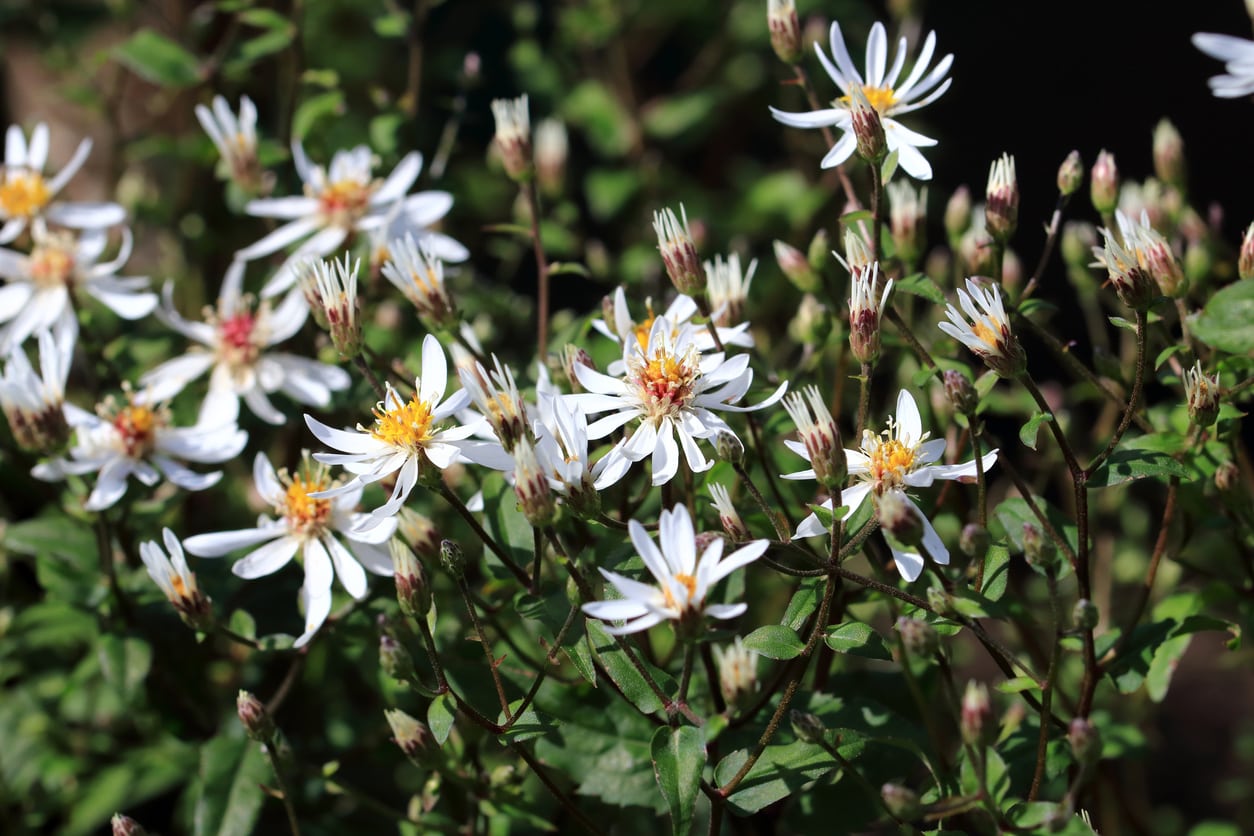Asters
With hundreds of varieties to choose from, asters come in a rainbow of colors, shapes and sizes. They love USDA zones 4-8, but will grow happily in containers where they can get plenty of sunshine. Read on to decide what kind is best for you and how to care for them.
-
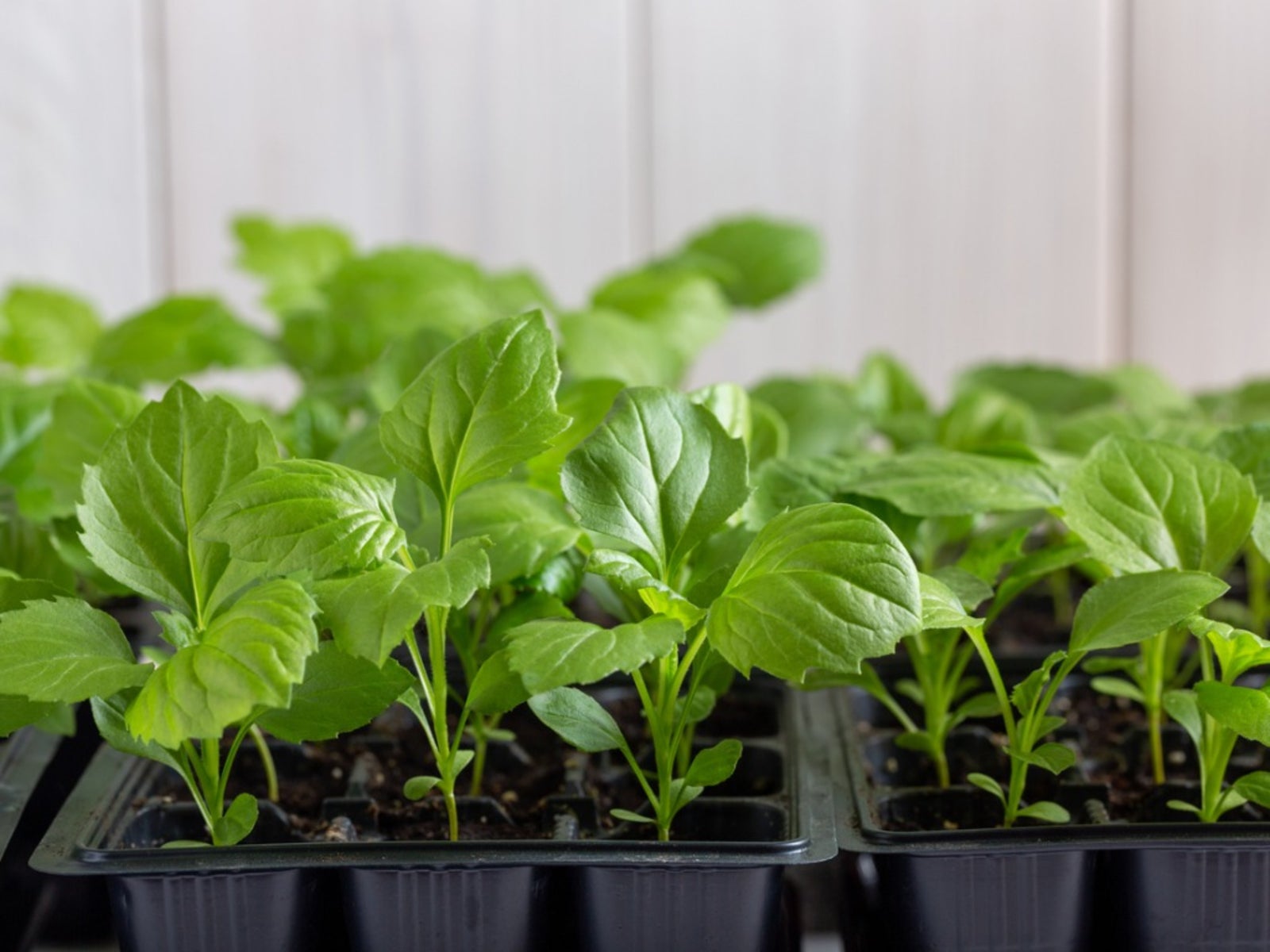
Aster Propagation: How To Propagate Aster Plants
You may have seen an aster variety in a friend?s garden, or you may wish to multiply asters you already have in your garden. Fortunately, aster propagation is not difficult. If you?re looking for information on how and when to propagate asters, this article is for you.
By Ilana Goldowitz Jimenez
-
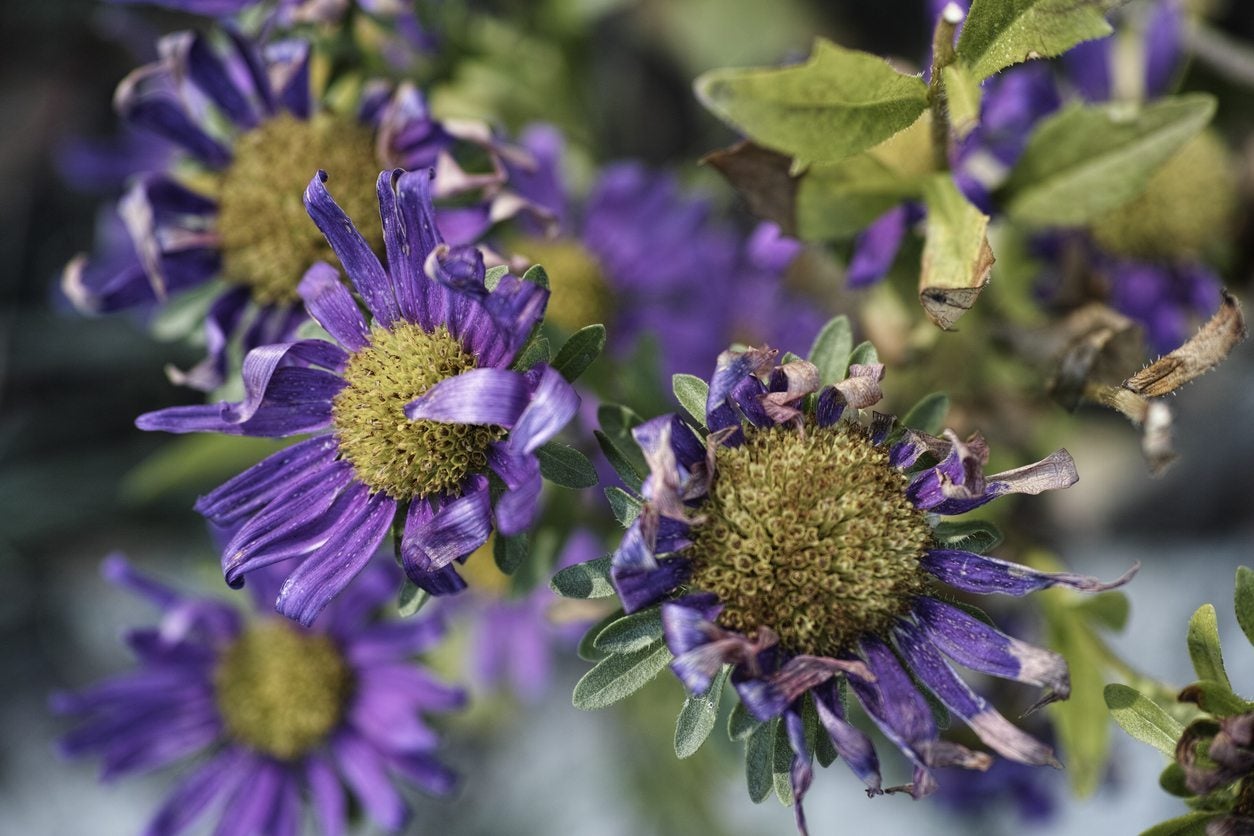
Tips For Pruning Asters: How To Prune An Aster Plant
Aster plant pruning is a must if you want to keep these perennial flowers healthy and blooming abundantly. Pruning is also useful if you have asters that grow vigorously and are taking over your beds. A few tips on perennial pruning from this article will help.
By Mary Ellen Ellis
-
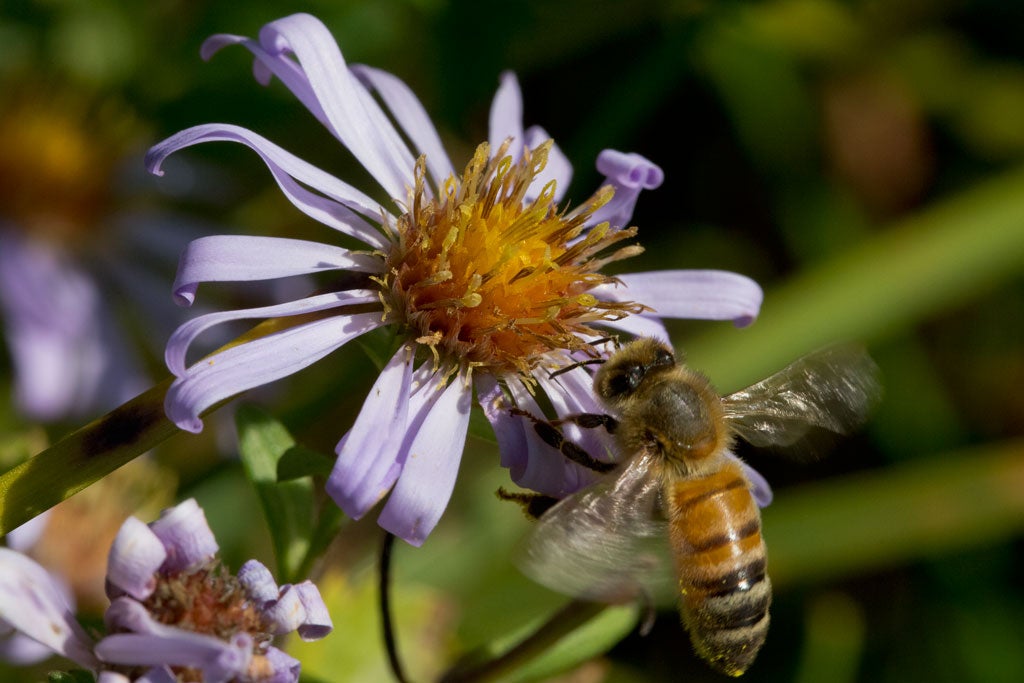
Douglas Aster Plant Info: Caring For Douglas Aster Flowers In Gardens
Douglas aster plants are native perennials growing in the Pacific Northwest. They bloom all season long, producing attractive, papery flowers without much plant care required. If you are interested in growing Douglas asters in your backyard, this article will help.
By Teo Spengler
-
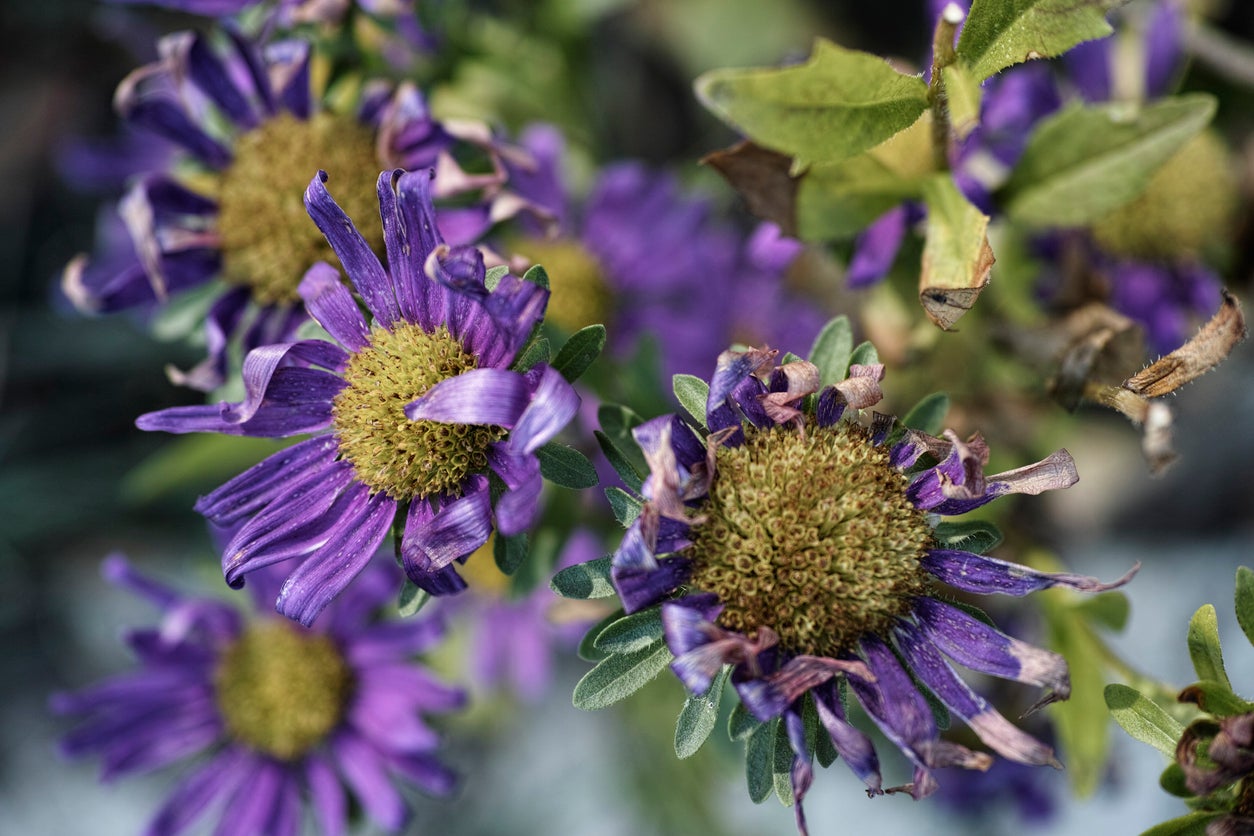
Aster Wilt Disease – How To Treat Aster Wilt Symptoms
Daisy-like blossoms of the aster are enjoyed by pollinators and gardeners alike - until finding a case of aster wilt disease. Wilting asters are difficult to revive once blossoms appear. Learn what you can do to save your asters in this article.
By Becca Badgett
-
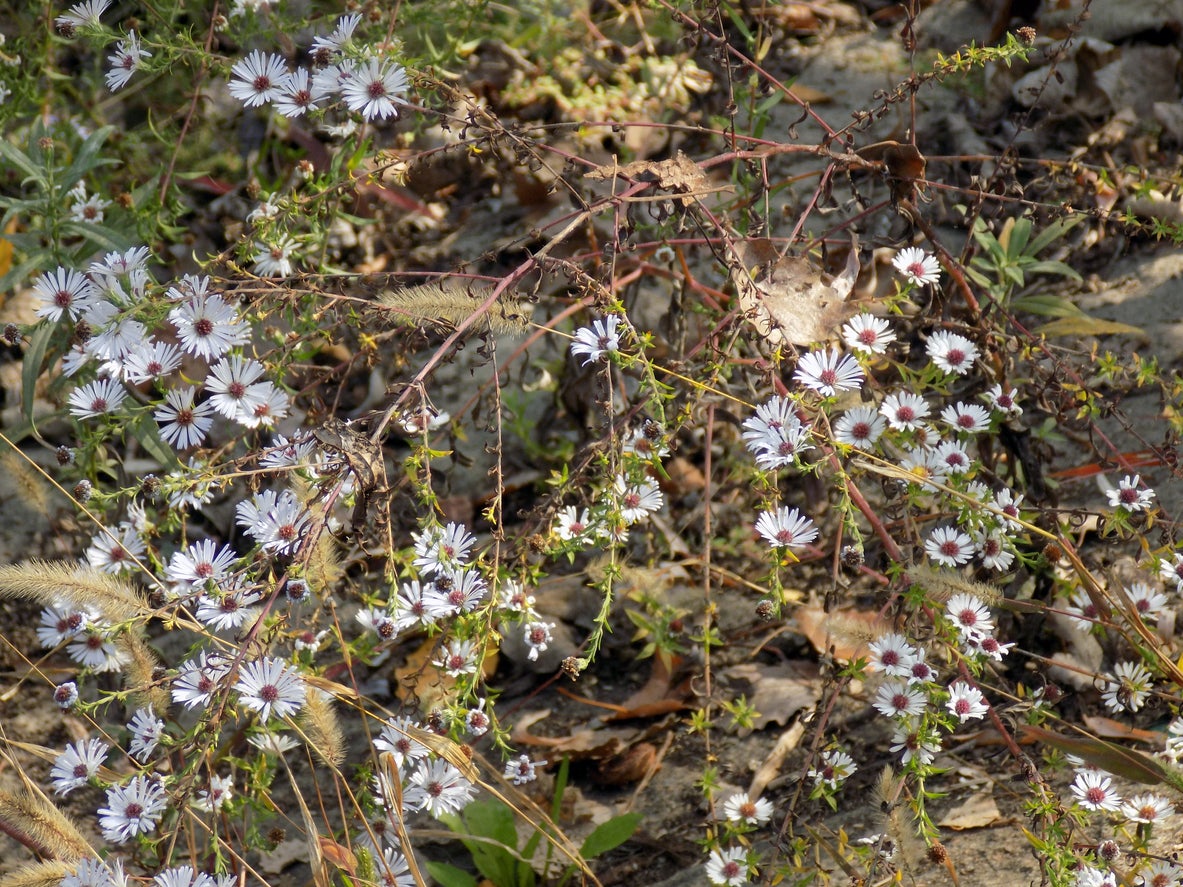
What Is Aster Root Rot – Aster Stem Rot Information And Control
Asters are hardy plants with sturdy dispositions rarely bothered seriously by pests or disease. Aster rhizoctonia rot, however, is one disease that crops up in the plants. This fungus is found in many plants and causes various symptoms. Learn more here.
By Bonnie L. Grant
-
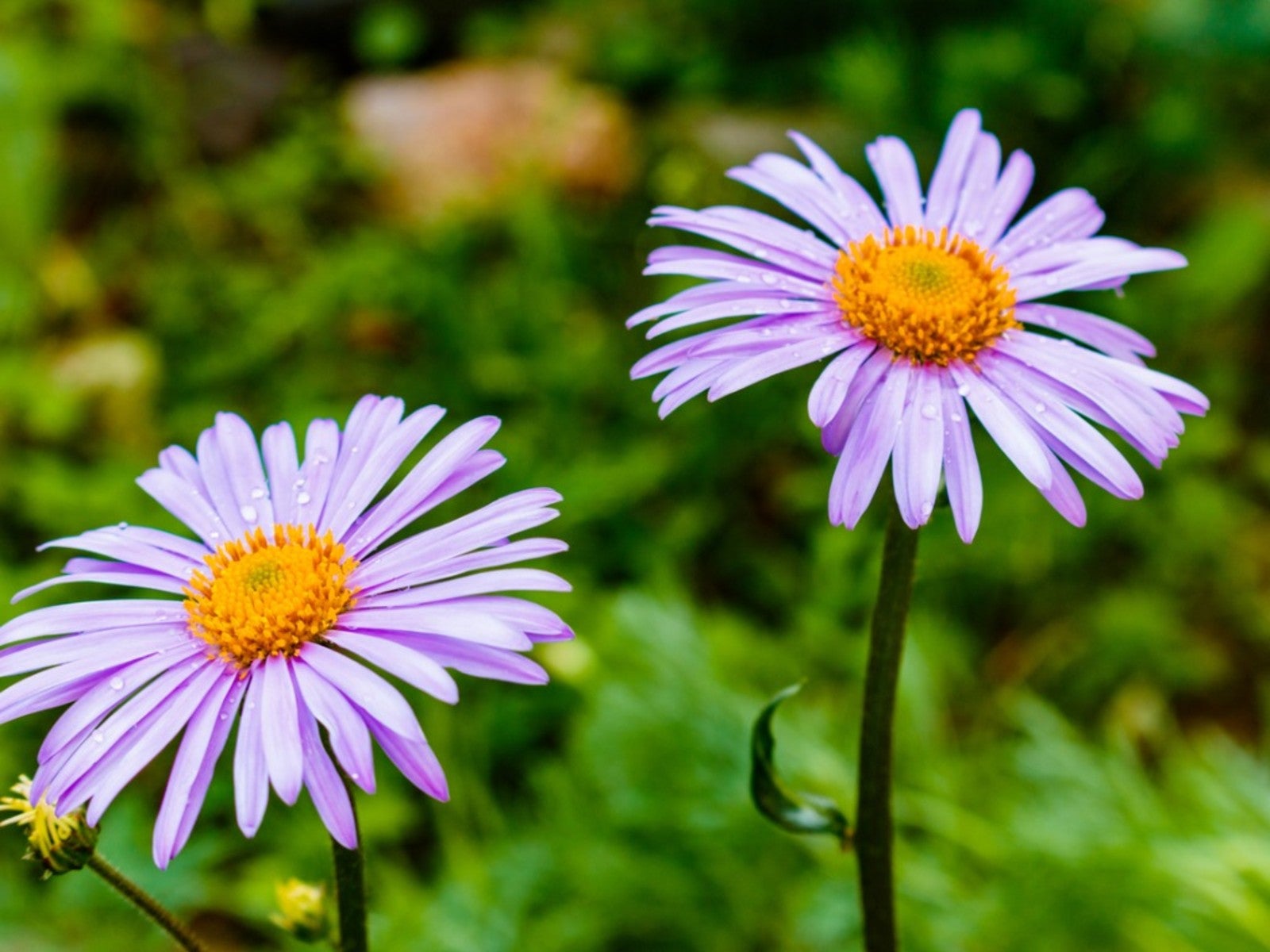
What Is Aster Tongolensis - Aster Tongolensis Care
Asters are among the most versatile plants for the home landscape. But, what is Aster tongolensis? Read on to learn more about this species.
By Tonya Barnett
-
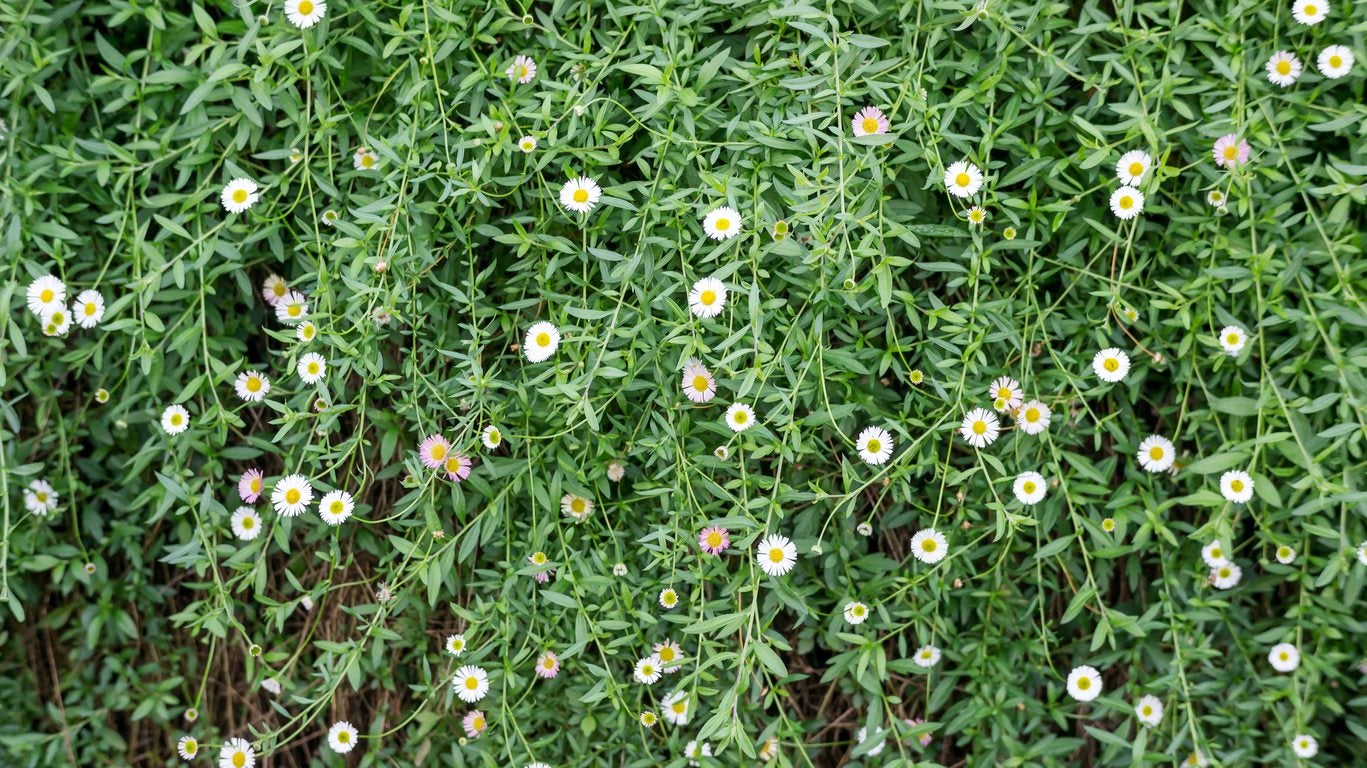
Heath Aster Plant Care – Learn How To Grow Heath Asters In Gardens
Growing heath aster isn?t difficult, as the plant tolerates a variety of conditions. It is suitable for growing in USDA plant hardiness zones 3-10. Click on the following article to learn the basics of growing heath aster plants in the garden.
By Mary H. Dyer
-
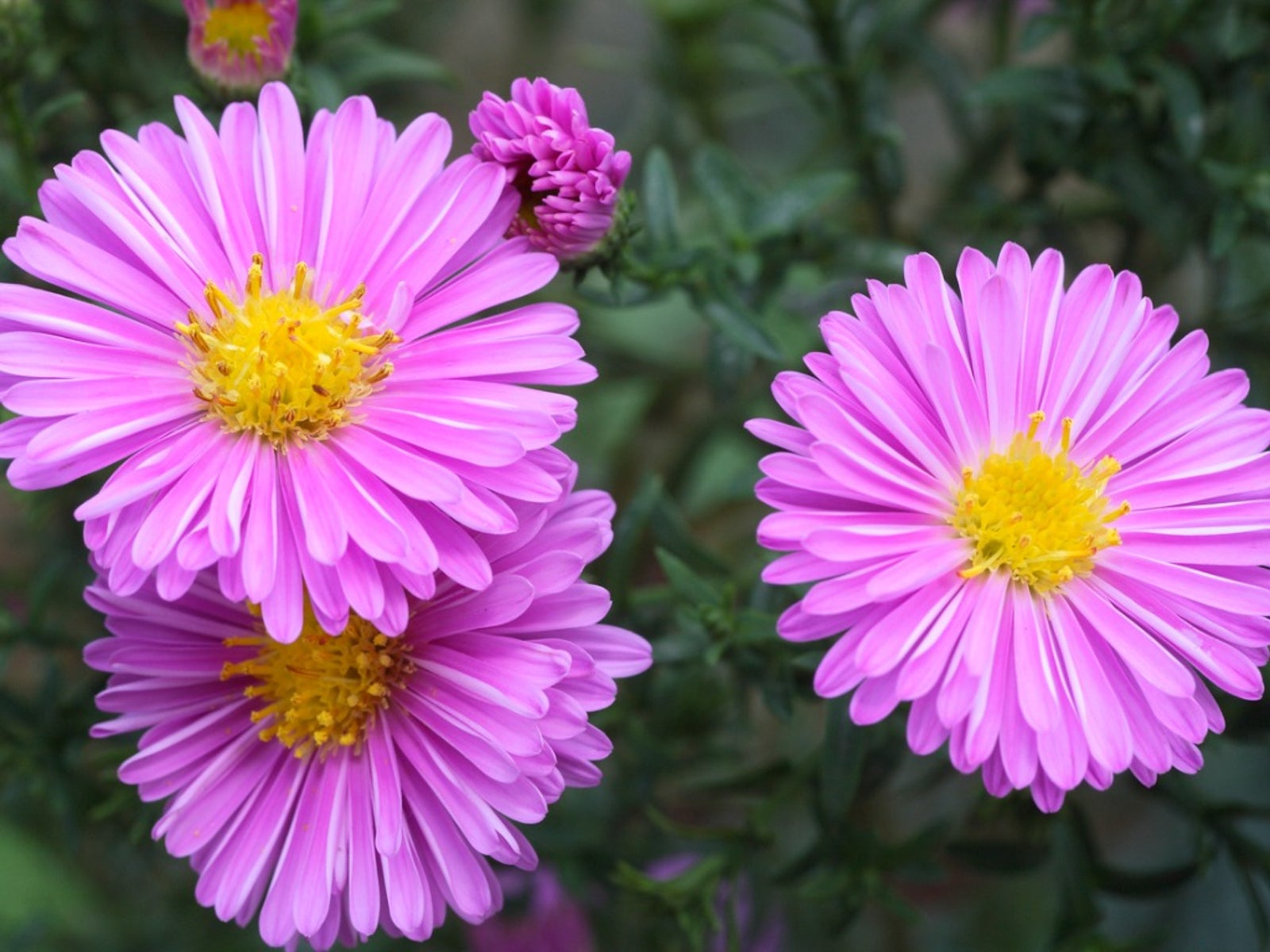
New England Aster Plant Care: How To Grow New England Aster Plants
Looking for a burst of color for your fall garden? The New England aster plant is an easy to care for perennial, blooming from August through October. Read here to learn how to grow New England aster.
By Amy Grant
-
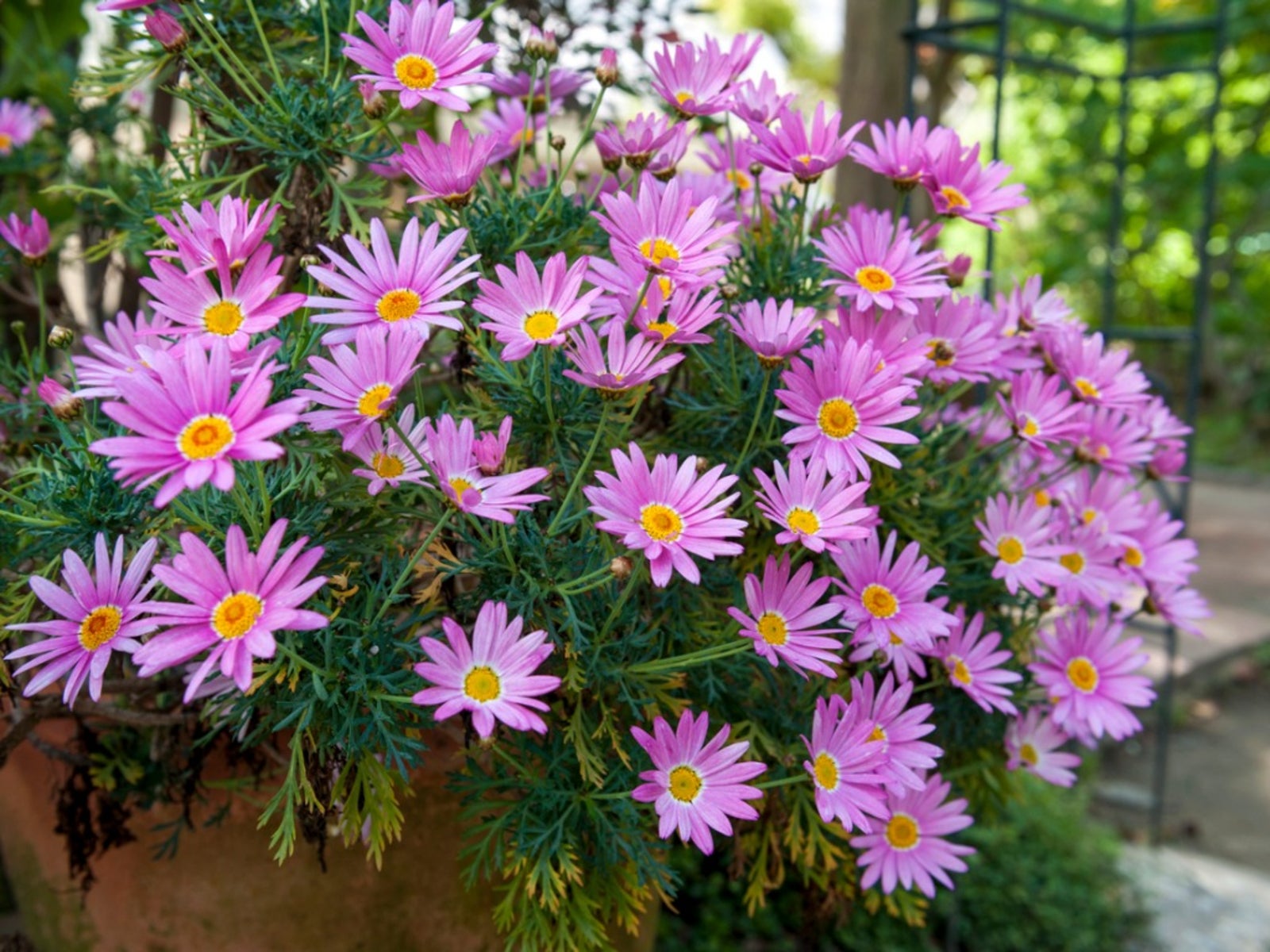
Aster Care For Containers: How To Grow Asters In Containers
It's hard to beat asters when it comes to sheer beauty, and growing asters in containers is a cinch as long as you meet all the plant's growing conditions. What better way to brighten up a deck or patio when most flowers are winding down for the season? Learn more here.
By Mary H. Dyer
-
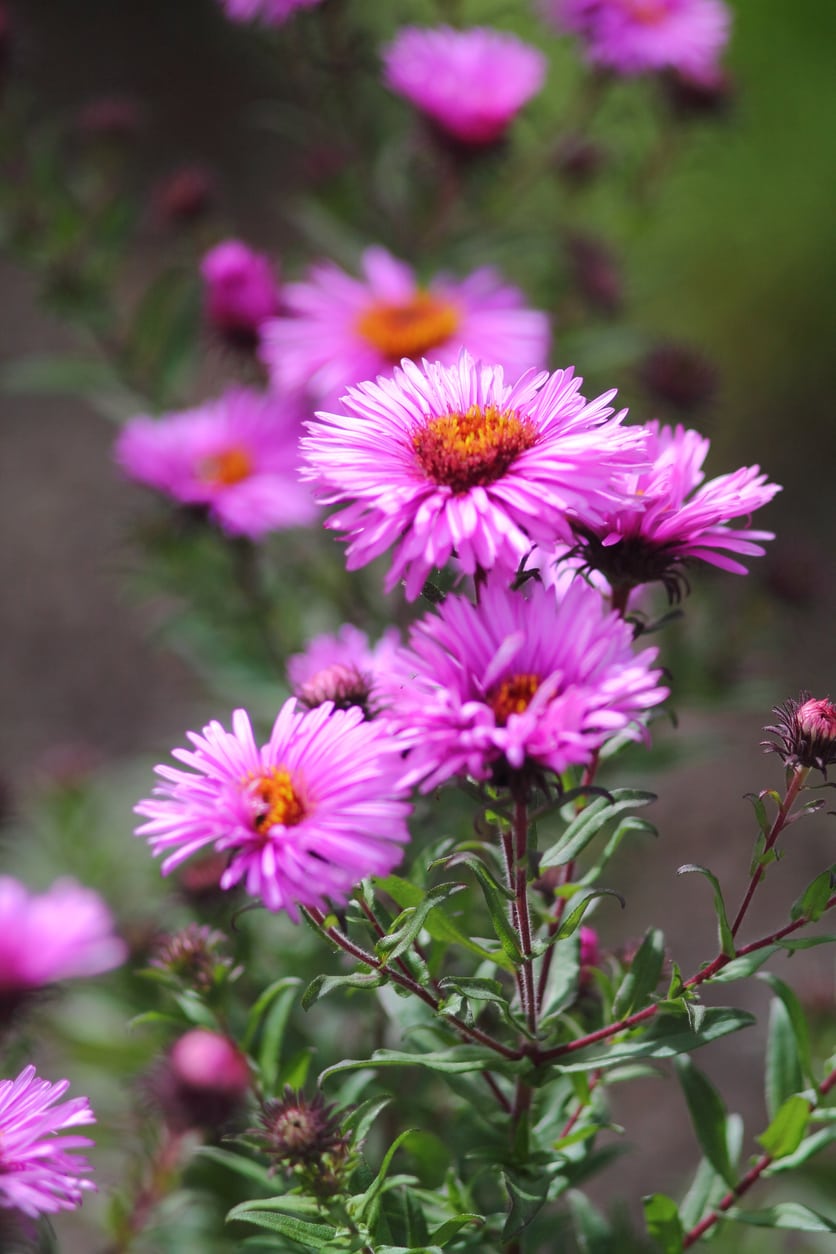
Growing Asters That Are Pink – Learn About Pink Aster Varieties
Some gardeners prefer to plant asters in a rainbow of hues, while others enjoy the impact created by a single drift of color. If pink happens to be your shade of choice, you’re in luck. You can select from a long list of pink aster varieties. Click here for some pink aster flowers.
By Mary H. Dyer
-
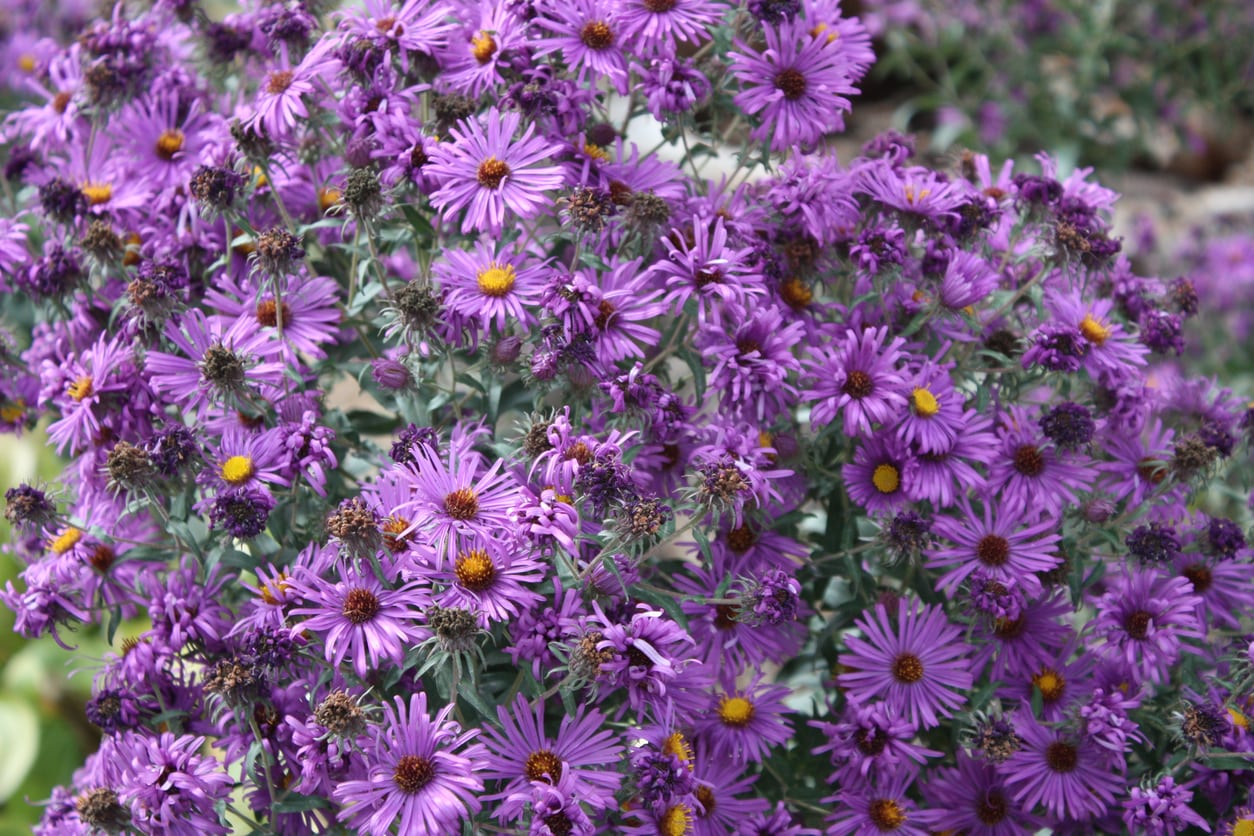
Common Purple Asters – Learn About Types Of Purple Aster Flowers
Asters are one of the late season's standout flowers. They help usher in autumn and provide elegant beauty for weeks. These flowers come in numerous colors and sizes, but the purple aster varieties have regal intensity and provide impactful color. Learn more here.
By Bonnie L. Grant
-
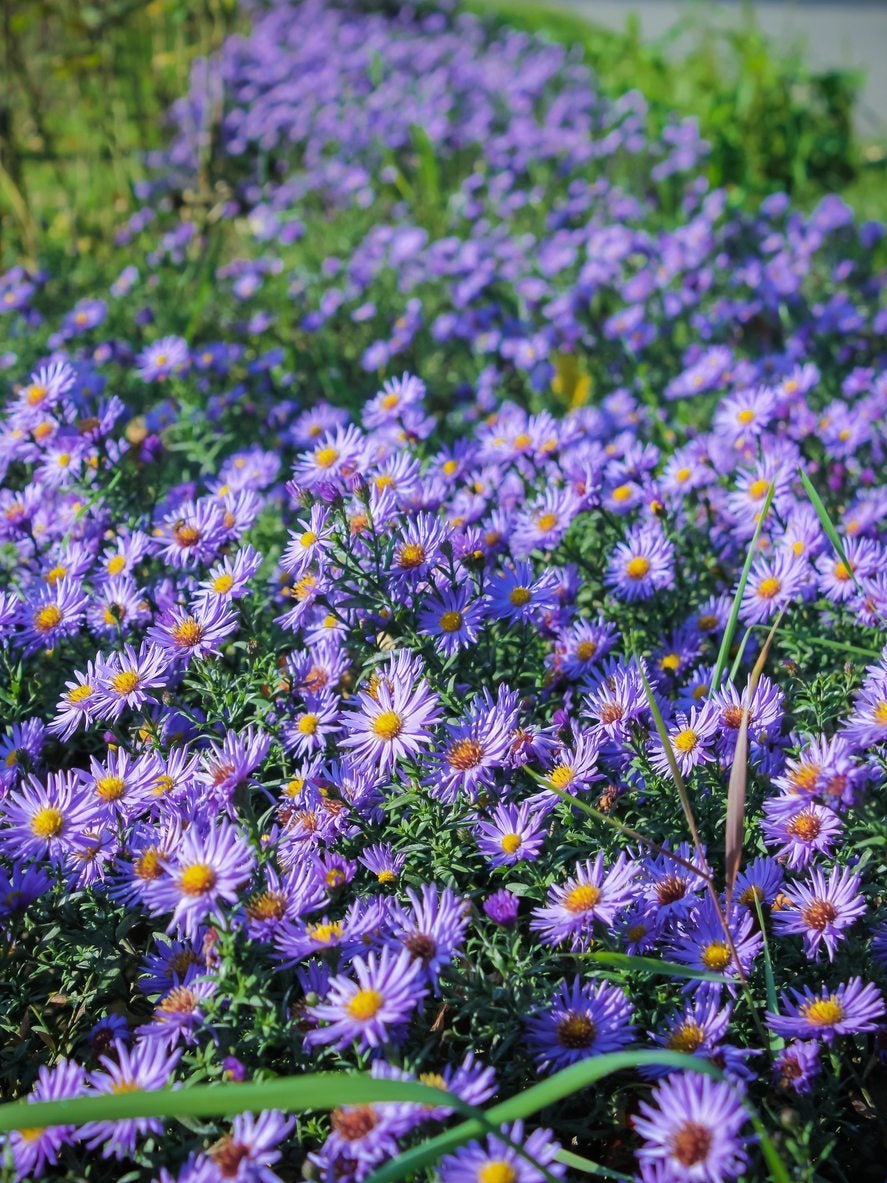
How To Divide Asters : Tips For Spitting Aster Plants In The Garden
Like many perennials, asters benefit from division. One of the things division does is stimulate new roots that will form new shoots. The new growth fills in areas that were becoming sparse, a common complaint in asters that have not been separated. Learn more here.
By Bonnie L. Grant
